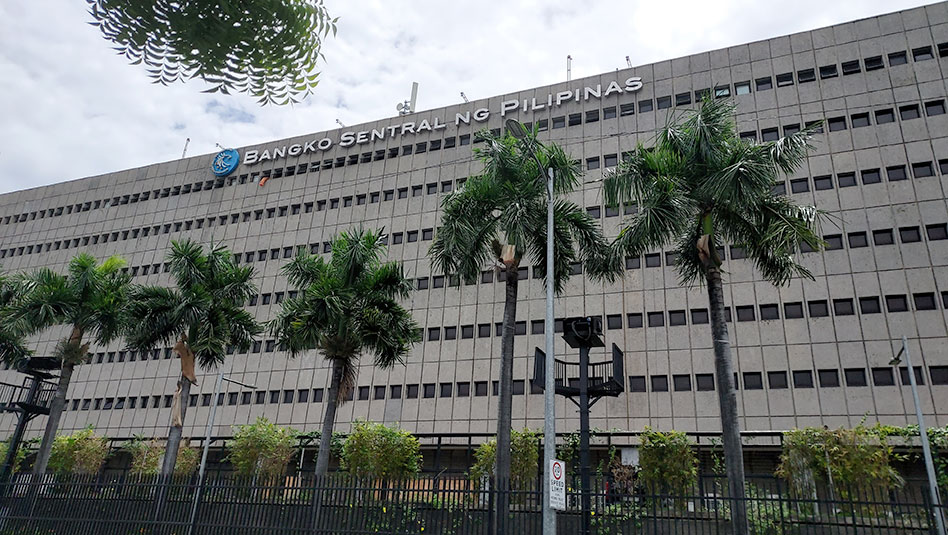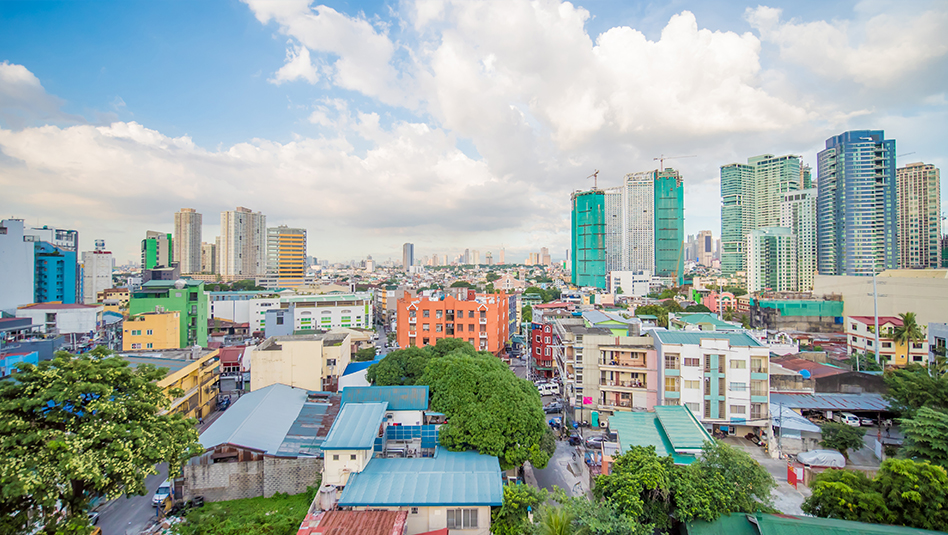




Philippines Trade Update: Growing exports lead to stronger trade balance
 DOWNLOAD
DOWNLOAD

Policy Rate Views: Fed’s cautious step towards neutral
 DOWNLOAD
DOWNLOAD

Policy Rate Updates: Closer to BSP’s Goldilocks moment
 DOWNLOAD
DOWNLOAD


Philippines seen to grow 2nd fastest in ASEAN

The Philippines is expected to be the second-fastest growing economy in Southeast Asia in 2025, as further monetary easing boosts domestic demand, the ASEAN+3 Macroeconomic Research Office (AMRO) said on Tuesday.
In its Regional Economic Outlook quarterly update, AMRO said Philippine gross domestic product (GDP) is projected to expand by 6.3% this year, unchanged from the forecast in December.
“We kept the growth forecast at 6.3%. That’s among the highest in the region and that’s partly because the Bangko Sentral ng Pilipinas (BSP) has started to also ease monetary policy.” AMRO Chief Economist Hoe Ee Khor said at a virtual news briefing on Tuesday.
This is within the Development Budget Coordination Committee’s 6-8% GDP growth target for 2025 until 2028.
The growth projection for the Philippines is the second-fastest among Association of Southeast Asian Nations (ASEAN) members, behind Vietnam (6.5%), but ahead of Cambodia (5.8%), Indonesia (5.1%), Malaysia (4.7%), Laos (4.6%), Thailand (3.1%), Brunei Darussalam (3%), Singapore (2.7%) and Myanmar (1%).
In the ASEAN+3 region, the Philippines is also ahead of China (4.8%), Hong Kong (2.6%), South Korea (1.9%) and Japan (1.3%).
“The (central bank) governor has announced that there’s scope for them to continue to ease because the real interest rate is still pretty high. And we see signs that the economy is beginning to respond,” Mr. Khor said.
Since it began its easing cycle in August 2024, the BSP has lowered interest rates by 75 basis points (bps).
BSP Governor Eli M. Remolona, Jr. has signaled a rate cut at the Monetary Board’s first policy meeting on Feb. 13.
AMRO said stronger domestic demand and exports would support its growth outlook for the Philippines.
The think tank said tourism arrivals in the Philippines and Singapore remained below pre-pandemic levels, while the rest of the region recovered with the help of tourists from China.
Data from the Department of Tourism showed that international tourist arrivals increased by 9.15% to 5.95 million but missed its 7.7 million target in 2024.
For 2024, AMRO said the Philippine economy likely grew by 5.8%, falling short of the government’s 6-6.5% target.
“The Philippines is one of the stronger, faster-growing economies in the region. This year, we had shaved the growth down to 5.8%, but that’s because the third quarter was very weak,” Mr. Khor said.
In the third quarter, Philippine GDP expanded by a weaker-than-expected 5.2% due to bad weather affecting spending and agriculture.
This brought the average to 5.8% in the first nine months of the year. Fourth-quarter and full-year 2024 GDP data will be released on Jan. 30.
At the same time, AMRO kept its headline inflation forecast for the Philippines at 3.2% for 2025, slightly lower than the BSP’s 3.3% average forecast. In 2024, inflation averaged 3.2%.
Risks to outlook
Meanwhile, the ASEAN+3 region is projected to grow by 4.2% this year, same as the growth in 2024.
ASEAN is forecast to grow by 4.8% this year, slightly faster than 4.7% in 2024.
“Growth will be mainly driven by domestic demand, with firm external demand providing continued support. Nonetheless, regional growth has been revised downward from the 4.4% in the October 2024 update mainly to reflect the baseline assumption of the US increasing tariffs on imports from China in the second half of 2025,” AMRO said.
US President Donald J. Trump has vowed to impose tariffs of up to 60% on imported Chinese goods and 25% for Canadian and Mexican imports, as well as a 10% universal tariff.
“The higher tariffs are expected to increase prices in the US and constrain private sector spending. As a major export market for most ASEAN+3 economies, the resulting decline in demand from the US would weigh on regional exports,” AMRO said.
AMRO said regional growth could be lower by 0.1 percentage point in 2025.
“The impact would be considerably worse if affected economies were to retaliate, with growth being potentially 0.6 percentage point lower instead,” it added.
AMRO said the negative impact would likely build up in the next few years as demand weakens.
“Consequently, tariff retaliation could result in regional growth declining by 1-2 percentage points by 2026-2027 — marking the slowest regional growth since the Asian Financial Crisis (excluding the pandemic years of 2020-2022),” the think tank said.
Other risks to the regional outlook include a sharper growth slowdown in the US and Europe, tighter global financial conditions, a spike in global commodity prices and shipping costs and slower growth in China.
“Beyond the immediate risk of higher protectionism, the ongoing geoeconomic fragmentation and geopolitical tensions would weigh on the longer-term growth prospects of regional economies, particularly the trade-dependent ones,” AMRO said.
The region’s aging population and failure to address climate change could also impact economic growth, it added. – Aubrey Rose A. Inosante, Reporter
This article originally appeared on bworldonline.com





 By BusinessWorld
By BusinessWorld